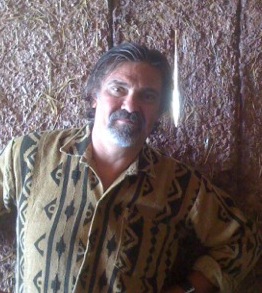Antonio Saggio
Antonino Saggio is an architect, scholar and professor and holds the Architecture and Informaton Technology Chair at the School of Architecture at Sapienza, University of Rome. He is the coordinator of the PhD program in Architecture Theory and Design which is one of the oldest and more relevant in Italy. The PhD program is offered by the Deparment of Architettura and Progetto of which Saggio belongs since 1986.
He is the founder and editor of the international book series “The Information Technology Revolution in Architecture”. The book series is very popular among students and scholars around the world being published in English (by Birkhäuser), in Chinese (by Prominence) and in Italian (Testo&Immagine, Edilstampa). The 35 books being published so far represent an important theoretical and cultural survey of the new digital realm of architecture. He is a personal friend of the Institute of Ecothecnics and John Allen who are the creator of the Biosphere II project in Arizona, in 1993.
“The more the city develops outward (taking over permanently precious and vital soil!) more abandoned and used lands are left behind. To stop the use of precious soil outside the city we have to use abandoned area INSIDE the city but.. in order to move energy towards use of Abandoned areas in the city we have To create Infrastructures!
Infrastructures of new generation for the inner city are Based on Five principles.
The Urban Green Line is a thirteen kilometers long ecological and infrastructural ring which aims to connect the two metropolitan scale areas, Archeological Park of Caffarella and the Centocelle Park in Rome. The ring is composed by 21 traits of existing roads, to which is assigned a project that enhances the local and global impact. The presence of the Urban Green Line connects also a big number of urban voids. The mobility through a new tram line becomes the driving force of a wide overlapping of interventions, finalities and of a design proposal that results very interesting to the city.
The UGL™ holds its development bases on five guideline principles.
1. MultiFunctionality
2. Systematic Green
3. Information Technology foam
4. Living Accessibility,
5. Magic Crisis”




